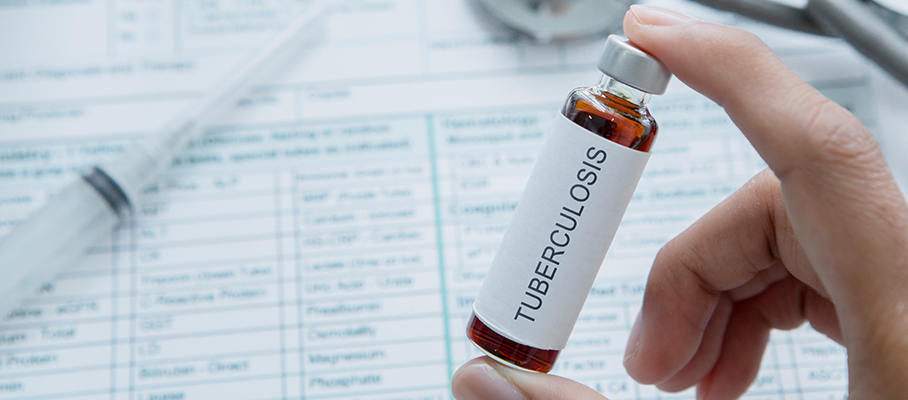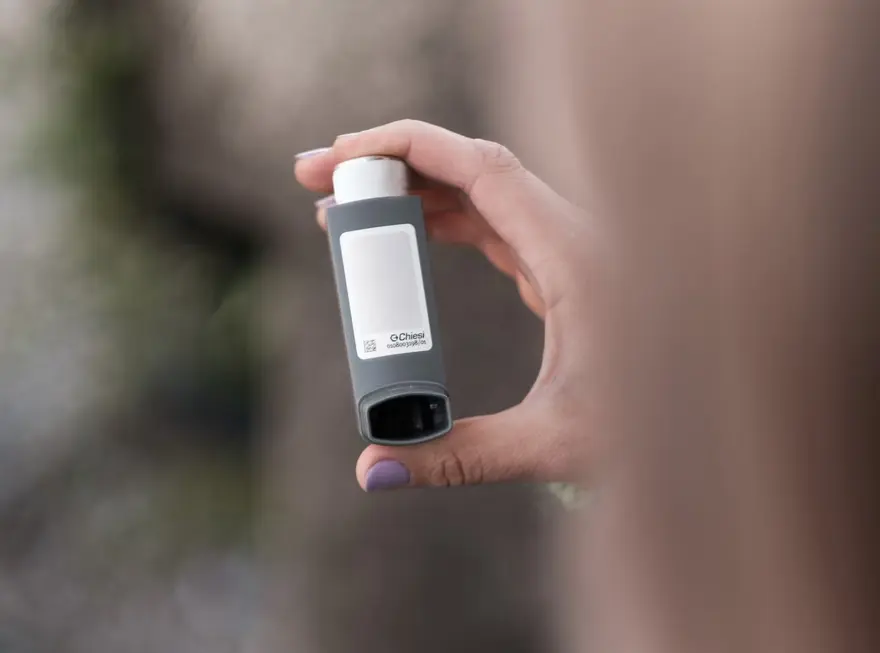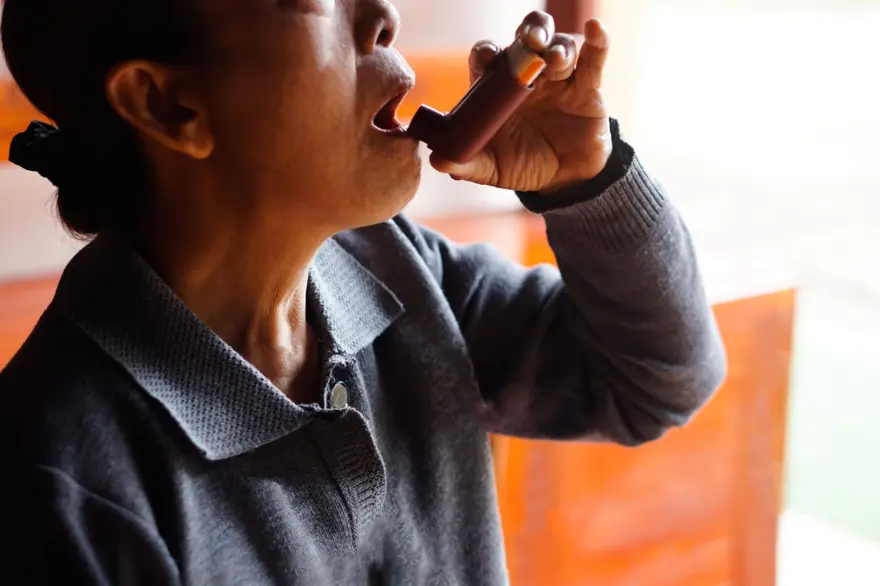Health Wellness
Different types of Drug Resistant Tuberculosis and Diagnosis
2884 Views
0

Awareness is the first step towards good health. In infections such as Tuberculosis, it is important that patients are fully aware of the burden of the disease, the types of tests needed, the drugs used for treatment, duration of treatment, disease monitoring and treatment progression. Health awareness on a large scale is required to tackle a burden like Tuberculosis. We have seen India take strides in tackling Polio and Leprosy; the nation now needs to take up TB control on priority.
India has approximately two to three million people infected Tuberculosis, the largest in the World.
A person with active TB disease has drug resistant TB if the TB bacteria that the person is infected with, will not respond to, and are resistant to, at least one of the main TB drugs.
- Mono Resistant Tuberculosis is resistant to one of the first line drugs
- Poly resistant Tuberculosis is resistant to more than 1 drug but not to the combination of Rifampicin & Isoniazid
- Multi Drug Resistant Tuberculosis is resistance to of Rifampicin & Isoniazid
- Extensively Drug Resistant Tuberculosis is MDR + resistance to fluroquinolones and at least 1 of 3 injectable drugs
- TDR or Total Drug Resistant tuberculosis is resistant to all first and second line TB drugs
The WHO has set protocols for TB diagnosis and four tests have been approved: two molecular tests viz. Gene Xpert and Line Probe Assay, LED microscope and liquid culture.
GenExpert Test
The biggest advantage of GenExpert test is the speed at which the test result is obtained. Results can be reported in 2 hours; presence of tuberculosis accurately determined and moreover detects resistance to Rifampicin. It is strongly recommended to be used as the initial diagnostic test in individuals suspected of having MDR-TB or HIV associated TB.
AFB (Acid Fast Bacilli) – Rapid Liquid Culture
Liquid Culture continues to the Gold standard for rapid diagnosis of active tuberculosis and for correct diagnosis and management of mono, poly, multi, extremely and total drug resistant tuberculosis. The test helps in identification and differentiation of M. Tuberculosis and non-tuberculosis mycobacteria (NTM). The test is extremely important in case of smear negative samples and extra pulmonary tuberculosis.
Despite all the advantages, the turnaround of the time could vary from 10 days to even up to 6 weeks. The TAT is dependent on the culture growth. Drug resistance testing in tuberculosis is of two types: Phenotype and Genotype. Phenotypic meaning the observable characteristic of an organism, whereas genotypic is the genetic characteristics of the organism. Liquid culture is used for phenotypic susceptibility testing for first and second line drugs.













1701259759.webp)









 WhatsApp
WhatsApp